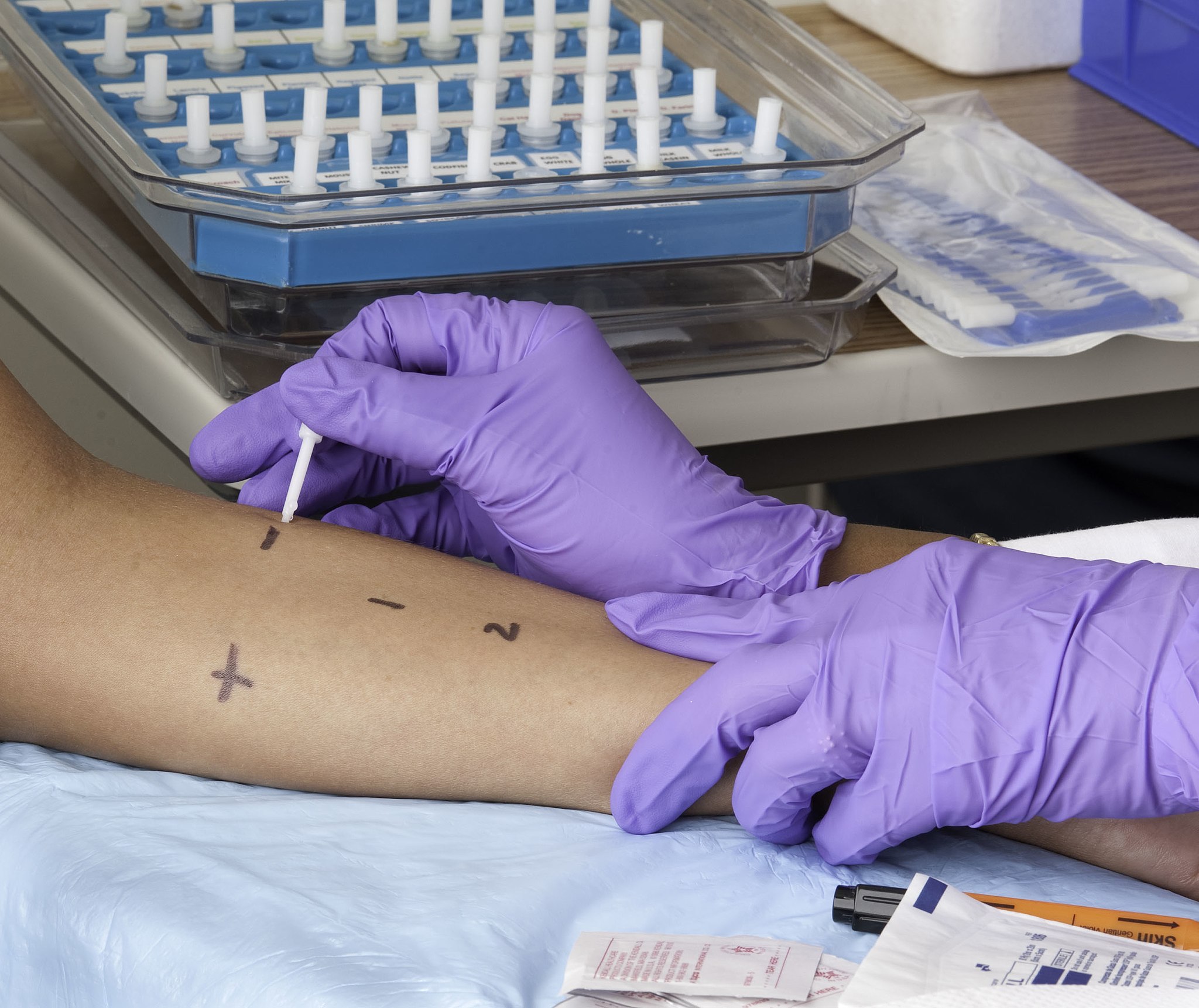While a tentative diagnosis of allergic disease can often be made from a patient’s clinical history, many allergic conditions exhibit symptoms that are hard to distinguish from nonallergic conditions. The American Academy of Allergy, Asthma and Immunology recommends the use of objective measures to confirm the diagnosis of allergy in symptomatic patients. Skin testing or in vitro assays of IgE to specific allergens are particularly recommended when:
- Patients present with persistent symptoms that can be associated with specific allergens;
- The condition adversely affects the patients quality of life; and
- Immunotherapy (allergy shots) is contemplated.
Diagnostic testing of the potentially allergic patient serves a number of important purposes including:
- Confirming the diagnosis of the allergy;
- Differentiating allergic disease from other disorders;
- Identifying the offending allergen; and
- Guiding the development of appropriate treatment or allergen avoidance plans.


